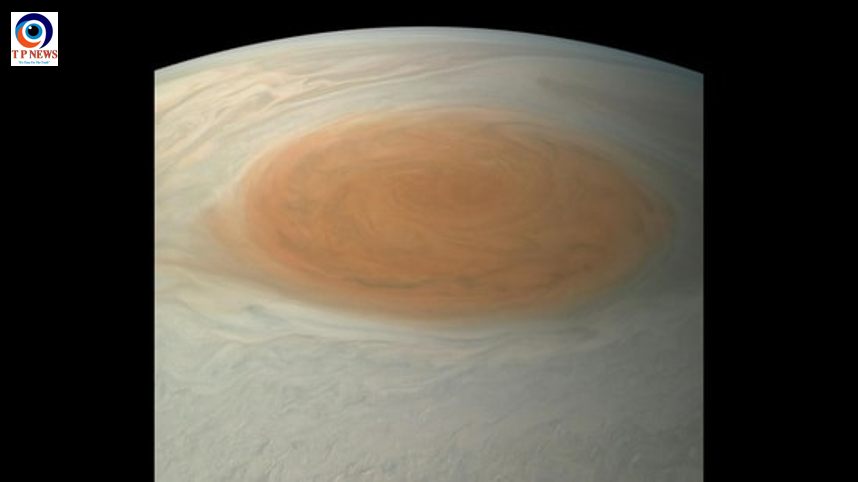In a groundbreaking discovery, NASA’s Curiosity rover has identified pure yellow sulfur on Mars. During its decade-long journey on the Martian surface, the rover cracked open a rock, revealing sulfur inside. This discovery occurred on May 30 while Curiosity was exploring Gediz Vallis.
The rover’s camera focused on a rock it had tripped over, leading scientists to observe yellow crystals within it. This was followed by the discovery of another pure sulfur crystal nearby. While sulfur has previously been detected on Mars, it was always in combination with other elements. This marks the first time a pure form of sulfur has been found on the Martian surface.
Ashwin Vasavada, a scientist at NASA’s Jet Propulsion Laboratory working on the Curiosity rover project, commented on the discovery, saying, “It shouldn’t be there, so now we have to explain it. Discovering strange and unexpected things is what makes planetary exploration so exciting.”
Curiosity has since parked near a larger rock, named Mammoth Lakes, to study this new find. The sulfur crystal from the earlier discovery was too small to be studied in detail, prompting the rover to target this larger rock. Using a drill joint on its robotic arm, Curiosity will create a hole in the sample rock for future observation and study.
Having been on Mars for 12 years, the Curiosity rover has made numerous significant discoveries, including identifying various rocks, channels, and craters. Gediz Vallis, a channel winding down the slopes of Mount Sharp in the center of the Gale Crater, has become a focal point for studying Martian life and the planet’s geological history.
In Gediz Vallis, Curiosity has identified several intriguing features, particularly in the mounds of debris scattered throughout the channel. The rocks in this region exhibit pale rings or halos near their edges, adding to the evidence suggesting that Mars once had significant bodies of water.
Additionally, in May, Curiosity found rocks containing manganese oxide. This discovery is particularly noteworthy as the formation of manganese oxide requires the presence of oxygen. These rocks provide the best evidence yet that Mars once had an oxygen-rich, Earth-like atmosphere.
Overall, Curiosity’s findings at Gediz Vallis and the adjacent regions have significantly expanded our knowledge of Mars’ geological past and the possibility that the planet once harbored life. The evidence of previous water activity and the presence of oxygen-rich minerals suggest that Mars may have once had conditions suitable for life, making it a crucial location for current and future exploration.














